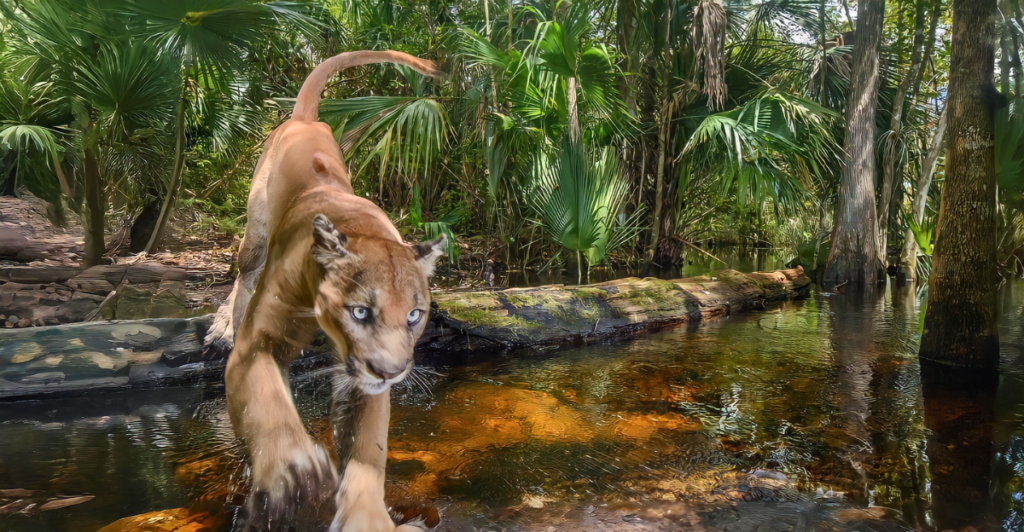
The Florida panther (Puma concolor coryi) is a subspecies of cougar found primarily in the southern regions of Florida. This elusive and solitary predator has captured the attention of wildlife enthusiasts, conservationists, and even the general public because it is one of the most endangered animals in North America. Historically, panther populations spanned across the southeastern U.S., but habitat destruction and human intervention have significantly declined numbers. Today, efforts to protect the Florida panther are crucial in ensuring its survival.
A Historical Overview of the Florida Panther
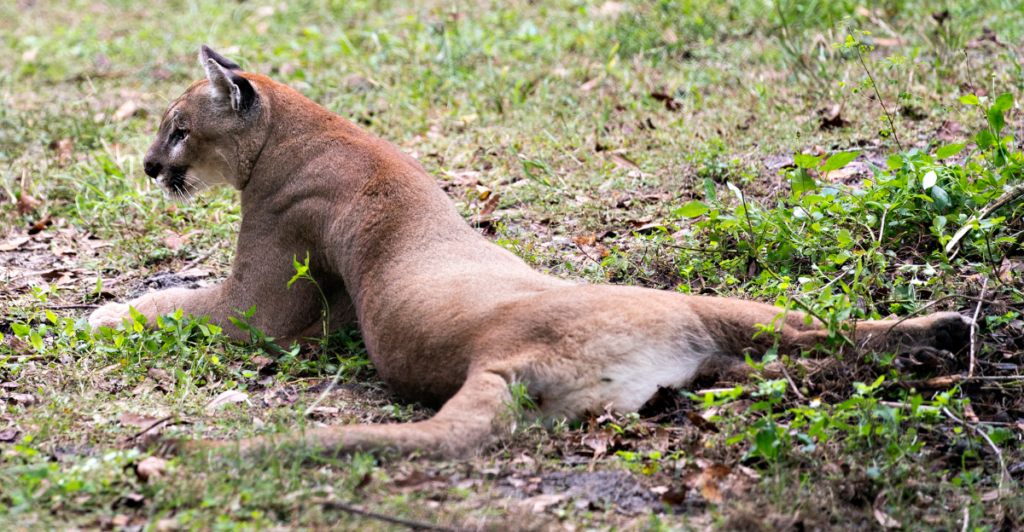
Florida panthers were once widespread in the southeastern United States, ranging from Louisiana to Florida. By the early 1900s, however, they became increasingly restricted to southern Florida’s remote forests and swamps. Loss of habitat due to urbanization and agricultural expansion caused a sharp decline in their numbers. By the 1990s, only about 20-30 individuals were estimated to remain in the wild, leading to intense conservation efforts to save the species from extinction.
Habitat and Range of the Florida Panther
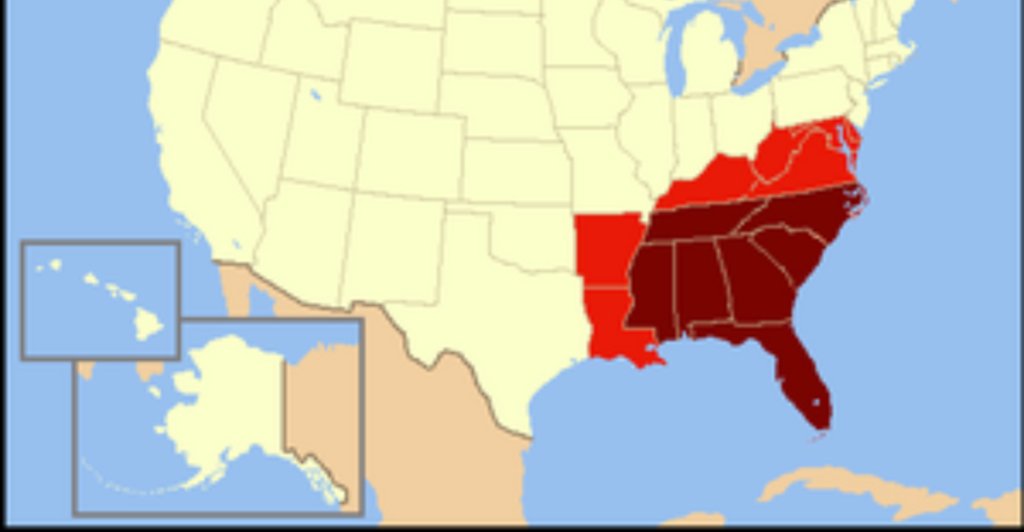
Historically, the Florida panther roamed the southeastern United States. Today, its range is confined mainly to the Everglades, Big Cypress National Preserve, and surrounding areas in southern Florida. The species requires large, undisturbed tracts of land to thrive, as it needs space to hunt and establish territories. The Everglades ecosystem, with its wetlands, pine forests, and hardwood swamps, is ideal for panther survival. This region, however, faces significant environmental challenges.
Characteristics and Behavior of the Florida Panther
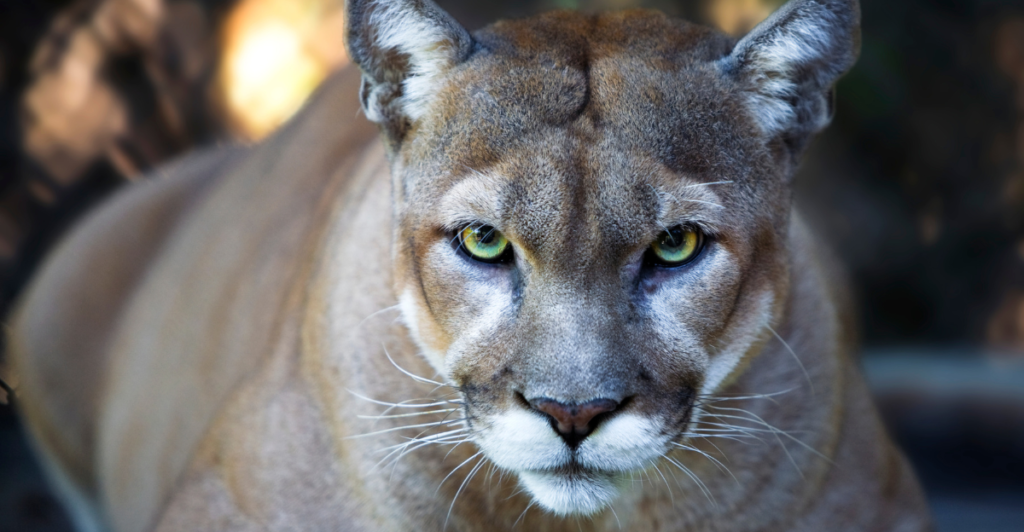
Florida panthers are characterized by their tawny, reddish-brown coats, long tails, and muscular bodies. Males are typically larger than females, weighing between 100 and 160 pounds, with females ranging from 60 to 100 pounds. Panthers are solitary animals known for their stealthy hunting techniques. They primarily hunt white-tailed deer but also prey on smaller animals such as wild boar and raccoons. Panthers are crepuscular, meaning they are most active at dawn and dusk.
The Decline of the Florida Panther Population
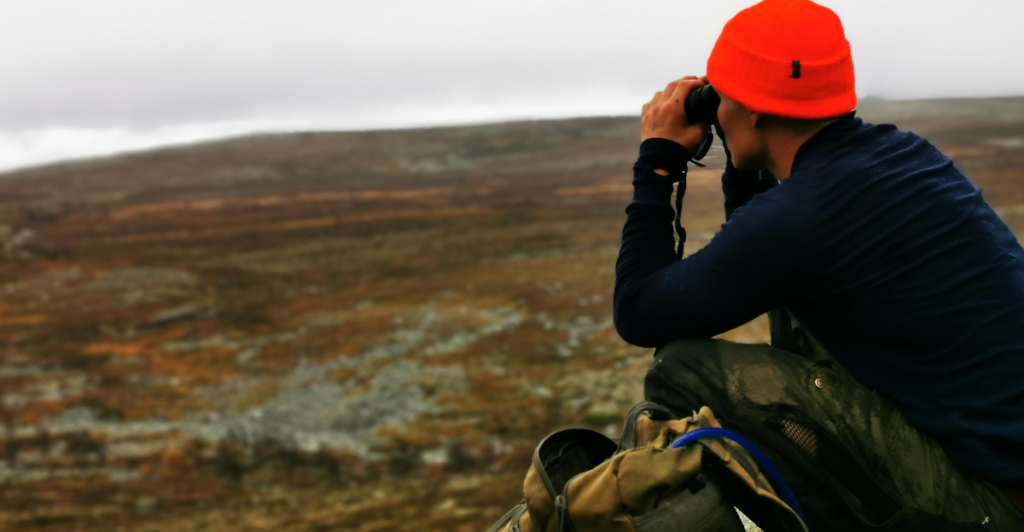
By the mid-20th century, Florida panther populations had sharply declined due to habitat loss, hunting, and human encroachment. The 1970s and 1980s marked a critical period when only a few dozen panthers remained. Roadkill, disease, and inbreeding were significant threats to their survival. The situation was dire enough that the U.S. Fish and Wildlife Service listed the Florida panther as endangered in 1967.
Conservation Efforts to Save the Florida Panther
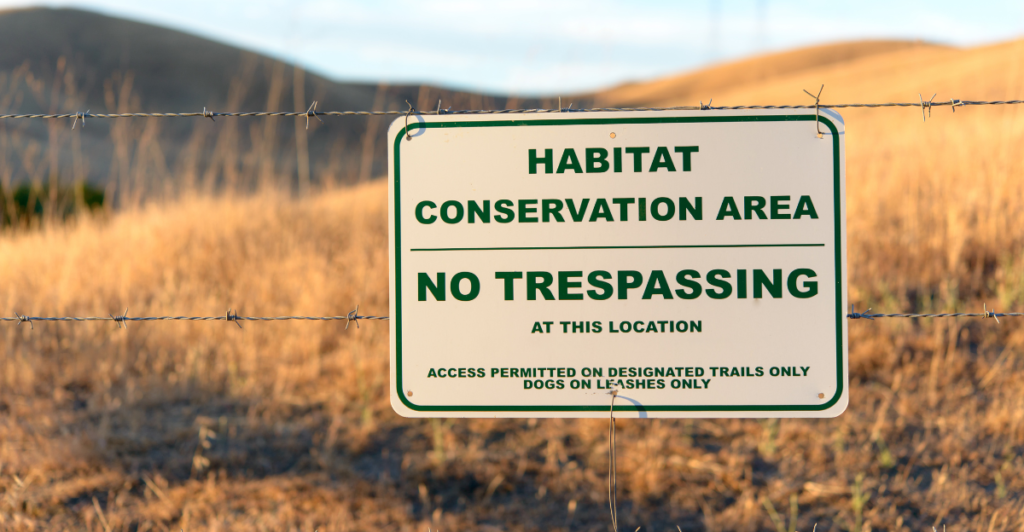
Conservationists have been working for decades to save the Florida panther from extinction. Habitat restoration, strict legal protections, and a captive breeding program were among the initial steps. The Florida Panther Recovery Plan, established in 1981, aimed to restore populations by improving habitat quality and mitigating human-predator conflicts. In 1995, a controversial decision was made to introduce eight Texas cougars into the Florida panther population to combat inbreeding, generating praise and criticism.
The Texas Cougar Introduction Controversy
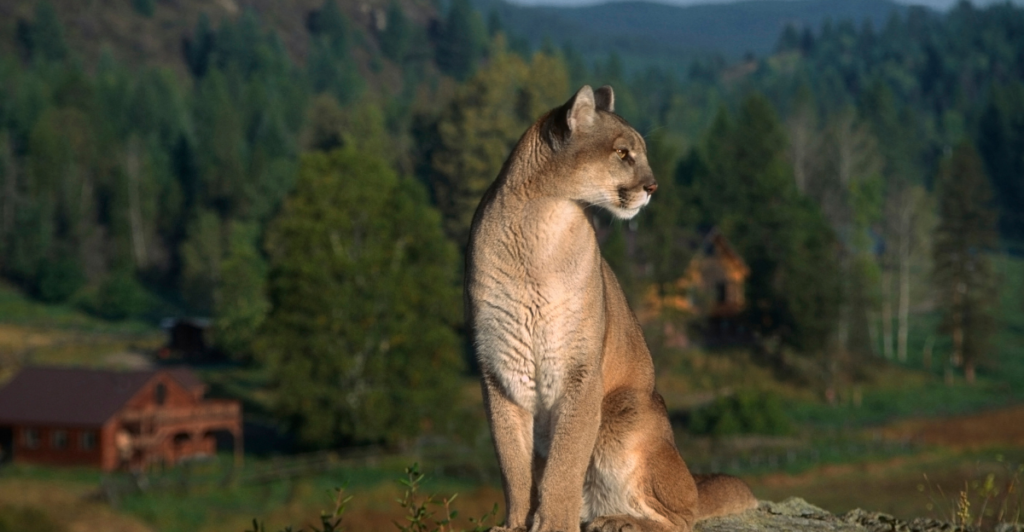
In 1995, eight Texas cougars (Puma concolor stanleyana) were introduced into the Florida panther population in an effort to combat the effects of inbreeding. While the program succeeded in improving genetic diversity, it was also controversial, as many feared the Texas cougars would alter the panther’s genetic makeup. Despite mixed opinions, the introduction played a critical role in increasing the population from fewer than 30 individuals to over 120 today, helping stabilize the species.
Florida Panther Habitat Challenges

Despite conservation efforts, urban sprawl, road construction, and development still threaten the Florida panther’s habitat. The expansion of infrastructure, such as highways, poses significant risks, as vehicles frequently strike panthers. Wildlife corridors and underpasses are being built to reduce roadkill incidents. Continued habitat loss remains an important concern for the species’ long-term survival, making effective land-use planning critical to panther conservation.
The Florida Panther’s Role in the Ecosystem
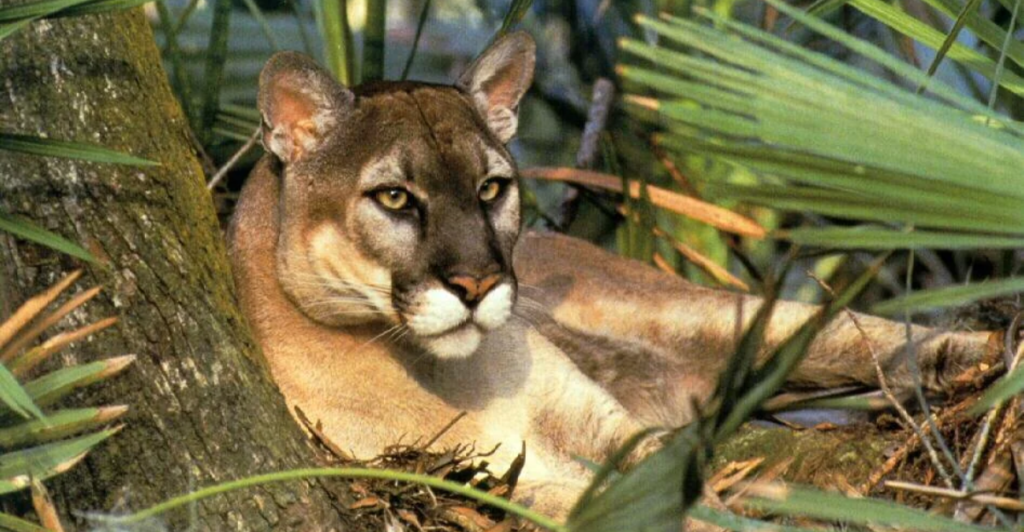
As apex predators, Florida panthers play a crucial role in maintaining the balance of their ecosystem. Preying on white-tailed deer and other herbivores helps control populations that would otherwise grow unchecked, leading to overgrazing. This, in turn, benefits the plant life and biodiversity of the Everglades and surrounding areas. Panthers also help regulate smaller predator populations, maintaining a healthy, balanced food web within their territory.
Panther Populations and Recovery Successes
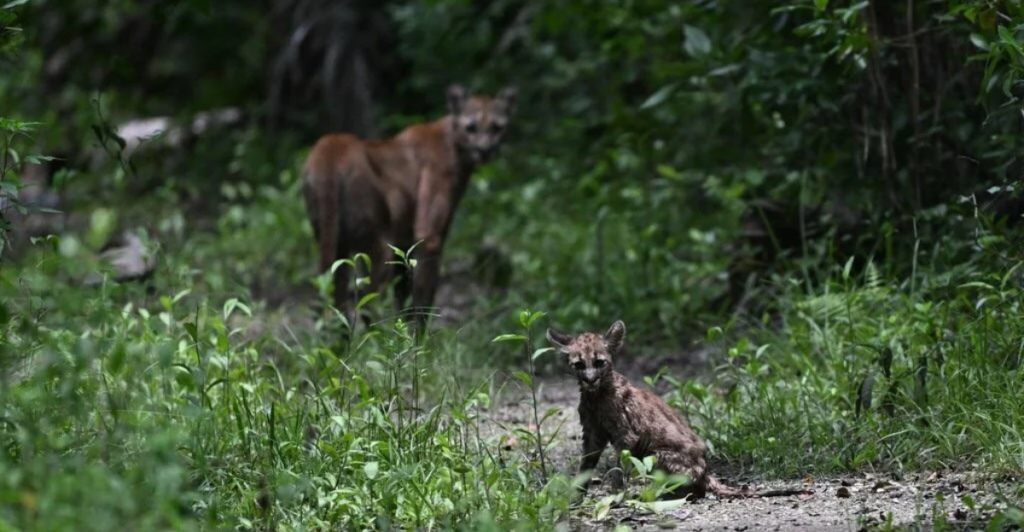
While the Florida panther remains critically endangered, recovery efforts have shown positive results. The population, which once hovered around 20-30 individuals, has steadily grown to over 120 panthers. The species’ range has expanded, and the number of cubs born yearly has increased. However, scientists and conservationists continue to face challenges related to inbreeding, habitat fragmentation, and the increasing human population in Florida.
Public Perception and the Florida Panther
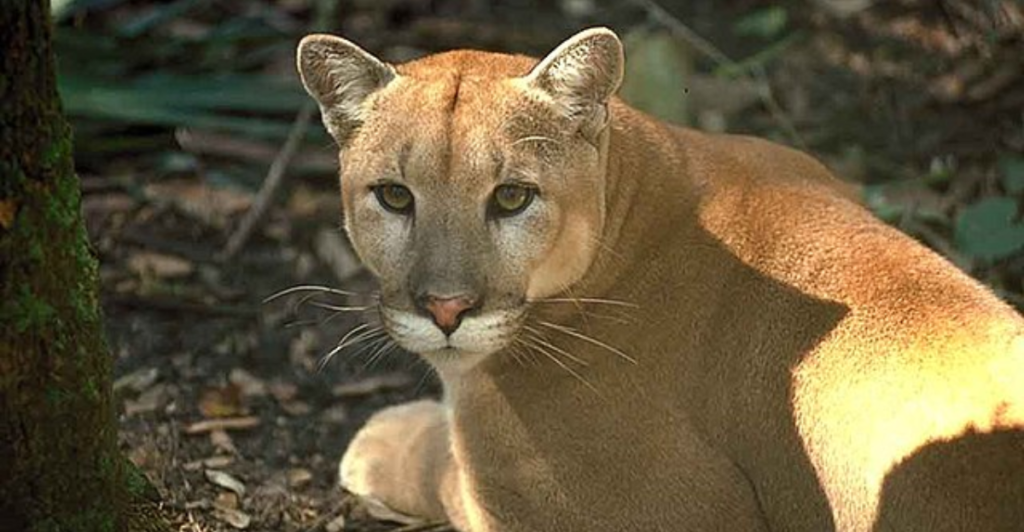
The Florida panther is both admired and feared by the public. The panther has garnered support for conservation efforts as a symbol of strength, resilience, and Florida’s natural heritage. However, panthers in human-populated areas have led to fear and misunderstandings. Education campaigns and outreach efforts aim to reduce human-wildlife conflict, emphasizing that panthers rarely threaten people. The species’ role in Florida’s natural history further elevates its status as a cultural symbol.
The Future of the Florida Panther
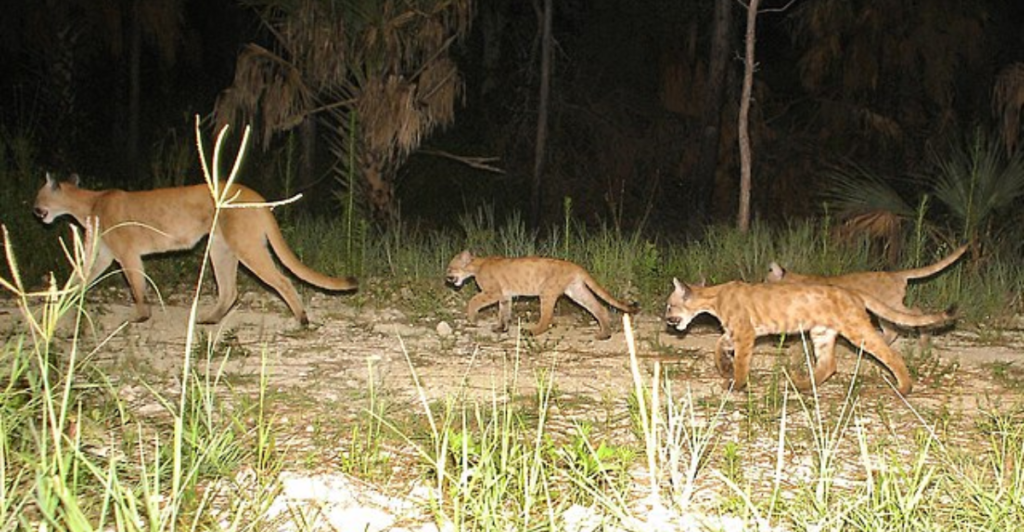
The future of the Florida panther remains uncertain. Although the species has shown signs of recovery, continued conservation efforts are needed to ensure its long-term survival. Ongoing challenges include protecting and expanding habitats, preventing roadkill, and providing genetic diversity. As urban development encroaches on natural spaces, innovative solutions, such as wildlife corridors and habitat restoration, will be key in securing a future for the Florida panther.
A Legacy of Survival and Hope
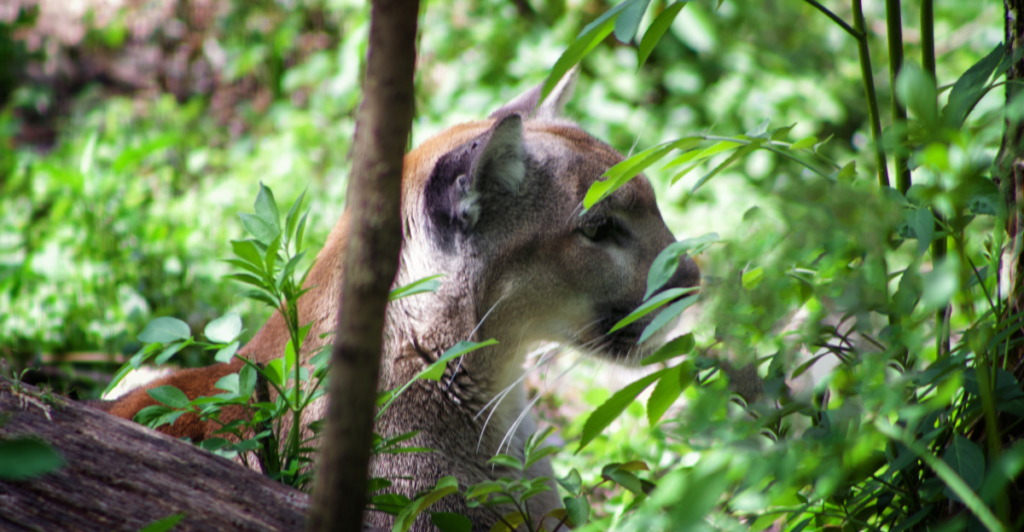
The Florida panther has endured decades of adversity but remains a symbol of hope for endangered species. Through collaboration between wildlife agencies, conservationists, and the public, the panther’s future is brighter than in decades. While challenges remain, the Florida panther represents the resilience of nature and the ongoing fight to preserve our planet’s biodiversity. The continued success of conservation efforts offers optimism for other endangered species facing similar threats.
Explore more of our trending stories and hit Follow to keep them coming to your feed!

Don’t miss out on more stories like this! Hit the Follow button at the top of this article to stay updated with the latest news. Share your thoughts in the comments—we’d love to hear from you!







